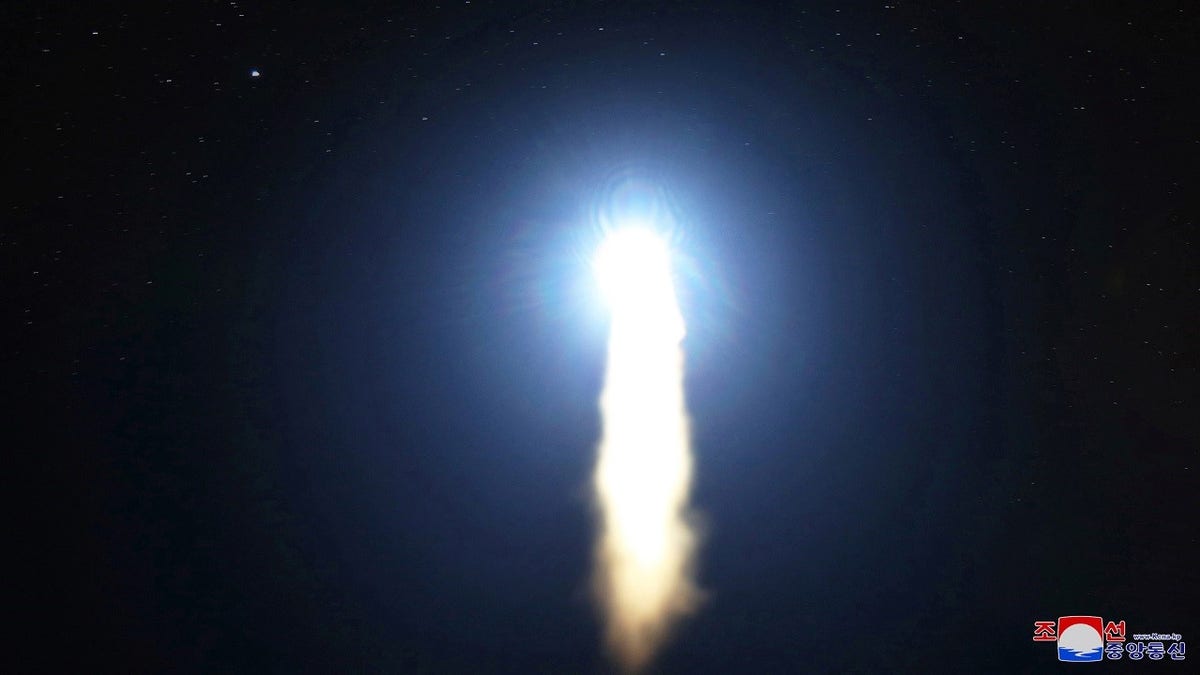Lindsey Graham, HR McMaster warn against North Korea threat
Republican Senator Lindsey Graham and National Security Adviser HR McMaster both deliver warnings about the growing tensions and potential for war with North Korea
Fears of a North Korean missile accidentally obliterating a passenger plane during one of Kim Jong Un’s unannounced, uncoordinated rocket launches prompted at least one airline to change its flight course this year, a spokesperson told Fox News on Thursday.
Singapore Airlines, in response to North Korea’s July launch of an intercontinental ballistic missile, changed its route for flights between Incheon, South Korea and Los Angeles, Calif. The new route avoided the northern part of the Sea of Japan, the spokesperson said.
"The safety of our customers and crew is our number one priority and we continuously monitor the areas that we overfly,” the spokesperson added.

North Korea launched an ICBM last week that was witnessed by a passenger plane's flight crew. (KCNA via Reuters)
While Singapore Airlines have continued to avoid the area, a flight crew on a different airline last Wednesday reported seeing North Korea’s latest ICBM launch. Cathay Pacific said Monday passengers and crew on the flight from San Francisco to Hong Kong reported witnessing the flight of the Hwasong-15 ICBM.
The missile was far from the plane, and the plane's operation was unaffected, Cathay said, adding it had informed other carriers and relevant authorities.
"At the moment, no one is changing any routes or operating parameters," the Hong Kong-based airline said in a statement. "We remain alert and [will] review the situation as it evolves."
Korean Air pilots on two different planes also reported seeing flashes of light believed to have been the North Korean missile while flying over Japan, airline spokesman Cho Hyun-mook said. The flights, one from San Francisco and the other from Los Angeles, were both headed for Incheon, the main airport serving Seoul, South Korea.
Singapore Airlines said it was aware of reports about Cathay Pacific flight crew’s missile sighting and was “closely monitoring the situation.”

North Korea's missile launch reached a height of 2,780 miles before falling into the Sea of Japan. (KCNA via Reuters)
The chances of one of Kim’s missiles actually hitting a civilian plane is very low, experts said. North Korea likely chooses splashdown points for each stage that avoid airline routes, said Vipin Narang, an expert on nuclear strategy at the Massachusetts Institute of Technology.
"The problem is if the test goes awry in any way, and debris starts falling in...more heavily trafficked areas," he said in an email. "That would still be low probability but more risky."
The Associated Press contributed to this report.

